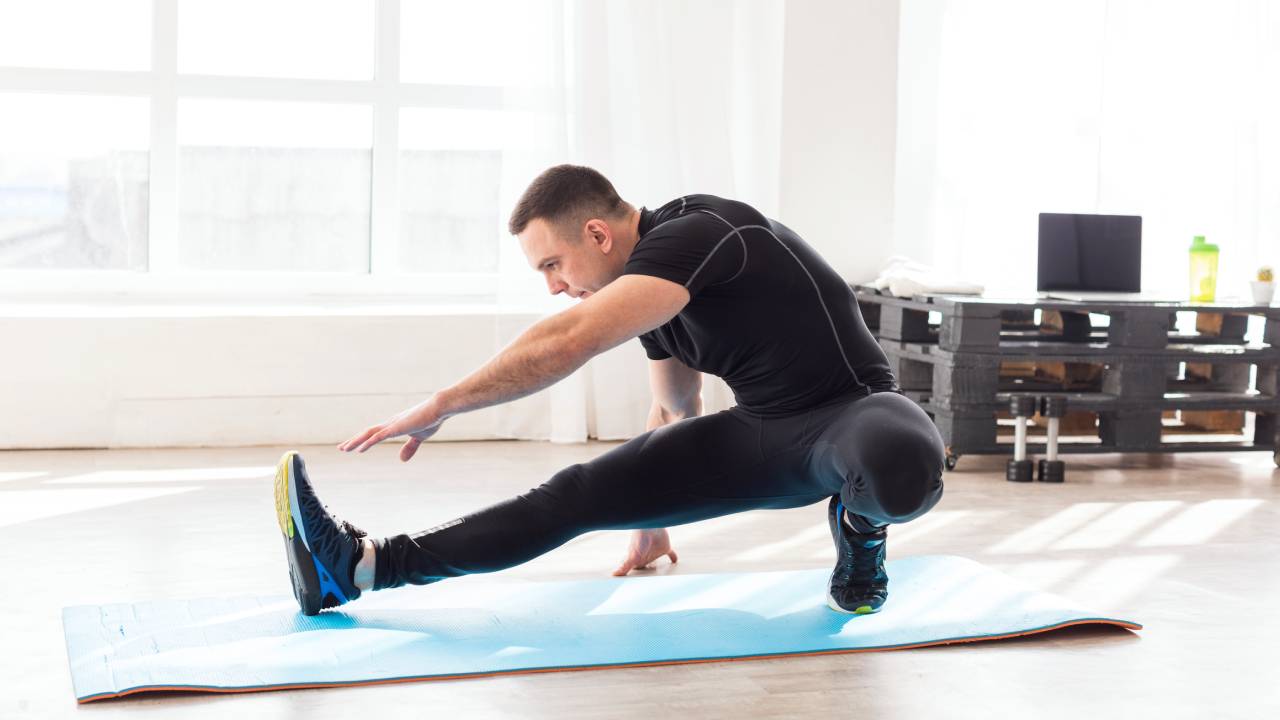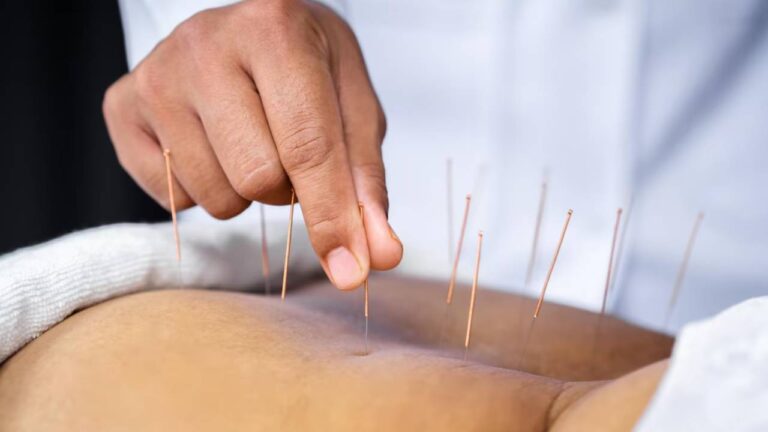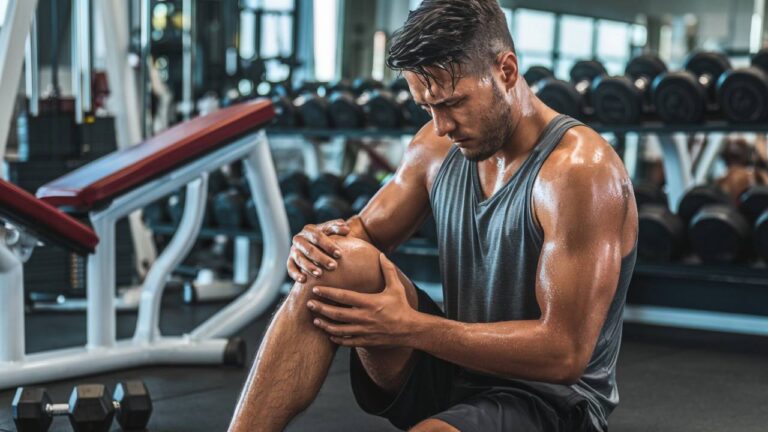9 Warm-Up Movements to Prevent Injury According to Physiotherapists
How a Proper Warm-Up Prepares Your Body for Movement
Before starting any workout, preparing the body with intentional movement helps reduce the risk of strain or injury. This preparation often referred to as a warm-up involves gradually increasing circulation, activating key muscle groups, and improving joint motion. Instead of static stretching, which can limit performance when done cold, warm-ups focus on dynamic movements that resemble the exercises to follow. This primes the body for effort and helps ensure smoother, more controlled movement throughout the training session.
Why Warm-Ups Are Important in Physiotherapy
Physiotherapy often emphasizes injury prevention through movement quality and proper preparation. Warm-ups are not just about increasing heart rate; they help awaken neuromuscular connections, align body mechanics, and reduce the likelihood of compensatory patterns. People who skip this step may face strain in joints, muscle tightness, or inefficient movement, especially during strength training or sports activities.

Looking to recover faster and get back to doing what you love? At Physio For Performance in Langley, our expert physiotherapists use cutting-edge techniques tailored to your needs.
Don’t wait—book your appointment today and experience a personalized approach to restoring your function and mobility!
How Physiotherapy Guides Effective Warm-Up Routines
In a clinical setting, physiotherapists recommend specific warm-up exercises based on body assessments, previous injuries, and training demands. These routines often focus on:
- Joint-specific mobility
- Targeted muscle activation
- Neuromuscular readiness
Below are nine warm-up movements that are commonly recommended in physiotherapy practice to help reduce the risk of exercise-related injuries.
1. Dynamic Leg Swings
Targets: Hips and hamstrings
Movement: While standing near a wall for support, swing one leg forward and backward with control. Perform 10–15 reps on each leg.
This movement prepares the hip flexors and hamstrings, areas that often become tight with prolonged sitting or repetitive lower-body exercises.
2. Arm Circles
Targets: Shoulders and upper back
Movement: Extend arms out to the sides and make small circles, gradually increasing size. Perform 15 forward and 15 backward circles.
Used in many physiotherapy routines, this movement activates the deltoids and improves shoulder joint circulation, helping to reduce stiffness before upper-body training.
3. World’s Greatest Stretch
Targets: Hip flexors, hamstrings, spine
Movement: Step into a lunge position. Bring both hands inside the front foot. Lower the elbow and rotate your torso upward. Hold briefly and repeat on the opposite side.
This full-body movement combines mobility, coordination, and spinal activation, making it a staple in warm-up programs designed by physiotherapists.
4. Glute Bridges
Targets: Glutes and lower back
Movement: Lie on your back with feet flat and knees bent. Lift your hips by squeezing your glutes. Pause, then lower. Perform 12–15 reps.
Physiotherapists often prioritize glute activation to ensure proper posterior chain engagement, especially before lifting exercises like squats and deadlifts.
5. Inchworms
Targets: Core, hamstrings, shoulders
Movement: Stand, then bend at the hips to walk your hands into a plank. Hold briefly, then walk feet toward your hands and stand back up. Repeat 8–10 times.
Inchworms activate multiple muscle groups while lightly stretching the hamstrings and shoulders. They also reinforce core stability and control.
6. High Knees (March or Jog)
Targets: Hip flexors, quads, core
Movement: Lift knees toward the chest one at a time. Perform as a march or jog in place for 30 seconds.
This cardiovascular-style movement primes the body for effort and elevates the heart rate. Physiotherapists may suggest marching for those easing back into training post-injury.
7. Lateral Band Walks
Targets: Hip abductors, glute medius
Movement: Place a resistance band around your thighs or ankles. Get into a half-squat and take 10 steps to each side.
Lateral movement helps activate stabilizer muscles that often go underused in forward-motion activities like running or squatting. These are common in physiotherapy rehab programs to address imbalance or knee tracking concerns.
8. Thoracic Rotations on All Fours
Targets: Mid-back and upper spine
Movement: From a hands-and-knees position, place one hand behind your head. Rotate your elbow downward and then open toward the ceiling. Perform 10 reps on each side.
Thoracic mobility affects overhead movement, posture, and shoulder health. This movement is often introduced early in warm-up plans to promote spinal control and fluid rotation.
9. Ankle Mobility Rockers
Targets: Ankles and calves
Movement: From a half-kneeling position, rock forward to push the front knee past the toes while keeping the heel flat. Repeat 10–15 reps each side.
Poor ankle mobility can impact squat depth, running form, and balance. Rockers help increase dorsiflexion, a joint angle that’s frequently addressed during physiotherapy sessions.
Structuring These Movements into Your Routine
You don’t need an elaborate plan – just a consistent 8–10-minute routine before your workout. A sample structure might look like this:
Sample Warm-Up Plan:
- 1 min high knees or marching
- 10 arm circles in each direction
- 2 sets of 12 glute bridges
- 10 inchworms
- 10 leg swings per leg
- 10 lateral band walks each side
- 10 thoracic rotations each side
- 10 ankle rockers per leg
- 1 round of the world’s greatest stretch per side
Whether your session is focused on lifting, cardio, or sport-specific skills, this preparation routine activates key muscle groups, reduces tightness, and primes movement mechanics.
Why Physiotherapy Puts Emphasis on Warm-Ups
In a clinical context, physiotherapy isn’t just about post-injury care it’s also about proactive movement planning. A well-executed warm-up serves several goals:
- Reduces reliance on compensatory muscles
- Prepares the joints and nervous system
- Increases movement accuracy
- Enhances recovery by limiting strain
Physiotherapists frequently tailor these warm-ups for individual needs, especially for those with past injuries, limited mobility, or specific training goals. For those participating in fitness programs or structured gym training, warm-ups designed through physiotherapy insights can support long-term training sustainability.
When to Consult a Physiotherapist
If you’re experiencing tightness, joint discomfort, or recurring stiffness during or after workouts, it may be time to seek a professional opinion. Physiotherapists can assess posture, movement patterns, and range of motion, then prescribe an appropriate warm-up and training routine.
Rather than general advice, they offer movement-specific guidance that evolves with your fitness level, activity type, and progress.
Moving Forward
Taking 10 minutes before your workout to run through effective warm-up movements isn’t just a precaution it’s part of a larger strategy to move better, recover faster, and train with purpose. These nine movements are drawn from the principles used every day in physiotherapy practice to support better preparation and prevent avoidable injuries.
For individuals seeking movement-based care that integrates exercise science with joint safety, Physio for Performance offers assessments and planning tailored to your physical activity routine.







